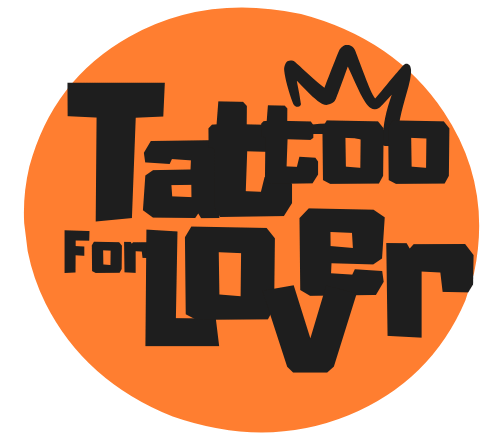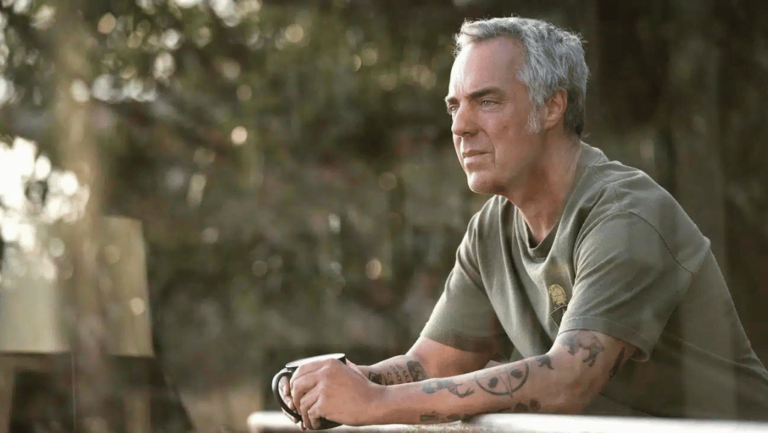Tattooing over a scar requires careful consideration and expertise. Scar tattoos, also known as scar camouflage or scar cover-ups, are designed to either conceal or highlight existing scars. It is important to wait until the scar has fully healed before getting a tattoo, which typically takes six months to a year. Finding an experienced tattoo artist who specializes in tattooing over scars is crucial for achieving the best results. Different scars require different approaches, and it is essential to choose a design that takes into account the size and severity of the scar. While tattoos can help to cover or blend scars, they cannot completely erase them or change the texture of the skin. The process of Can Tattoos Cover Scars more painful and may require follow-up sessions for touch-ups. It is important to consult with a doctor or dermatologist before getting a scar cover-up tattoo and to follow proper aftercare instructions.
Key Takeaways:
- Scar cover-up tattoos can conceal or highlight existing scars.
- Tattooing over scars should only be done after the scar has fully healed.
- Finding an experienced tattoo artist specializing in scar cover-ups is crucial.
- Tattoos can help cover or blend scars, but cannot completely erase them.
- Consulting with a doctor or dermatologist before getting a scar cover-up tattoo is advised.
Things to Consider Before Getting a Scar Cover-Up Tattoo
Before deciding to get a scar cover-up tattoo, there are several important factors to consider. It is crucial to wait until the scar is fully healed before getting a tattoo, which can take several months to a year. Finding a skilled tattoo artist who has experience working with scarred skin is essential for achieving satisfactory results. The texture and healing of the scar should be taken into account when choosing a tattoo design, as certain types of scars may be more challenging to cover up. Organic designs such as floral or botanical motifs tend to work well for scar cover-ups, while severe linework and geometric shapes may not be suitable due to the difference in skin quality and texture. It is important to have realistic expectations and understand that a tattoo cannot completely erase the appearance or texture of a scar.
Tips to Consider Before Getting a Scar Cover-Up Tattoo:
- Wait until the scar is fully healed before getting a tattoo.
- Find a skilled tattoo artist experienced in working with scarred skin.
- Consider the texture and healing of the scar when choosing a tattoo design.
- Opt for organic designs such as floral or botanical motifs.
- Have realistic expectations about the ability of a tattoo to completely erase the appearance or texture of a scar.
How to Take Care of a Scar Cover-Up Tattoo
Proper aftercare is crucial for ensuring the longevity and appearance of a scar cover-up tattoo. Taking care of your scar cover-up tattoo involves following a regular aftercare routine, similar to that of a regular tattoo. By following these steps, you can help your tattoo heal properly and minimize the risk of complications or damage to the scarred area.
1. Scar cover-up tattoo aftercare: Wash the tattooed area with mild soap and water to keep it clean and free from bacteria. Gently pat dry with a clean towel.
2. Tattoo healing: Apply a recommended ointment or tattoo aftercare product to the tattooed area to promote healing. This will help keep the tattoo moisturized and prevent excessive dryness or flaking.
3. Scar tattoo care: Avoid exposing your scar cover-up tattoo to direct sunlight, as UV rays can fade the colors and cause the tattoo to lose its vibrancy. Apply a sunscreen with a high SPF to protect your tattoo when you are outdoors.
4. Regular tattoo aftercare routine: Treat your scar cover-up tattoo as you would any other tattoo. Avoid excessive moisture, such as long baths or swimming pools, as this can cause the tattoo to become waterlogged and affect the healing process.
5. Be gentle with your tattoo: Refrain from picking, scratching, or rubbing the tattooed area, as this can lead to infection, scarring, or damage to the tattoo.
Remember to consult with your tattoo artist for specific aftercare instructions tailored to your scar cover-up tattoo. By following these guidelines, you can ensure that your scar cover-up tattoo heals properly and maintains its appearance over time.
Risks and Considerations for Scar Cover-Up Tattoos

Tattooing over scars can be a safe option, but it is important to be aware of the potential risks and considerations involved. Here are some key factors to keep in mind when considering a scar cover-up tattoo:
Scar Feathering and Ink Retention
When tattooing over scars, it’s possible that certain areas of the scar may not take ink as well as others. This can result in feathering or blurred lines, affecting the overall appearance of the tattoo. Additionally, scar tissue may have a different texture and consistency, which can impact the retention of ink.
Scar Sensitivity and Trauma
Scars can be more sensitive compared to regular skin, making the tattooing process potentially more painful. This sensitivity can be exacerbated if there is underlying damage to the bone or muscle near the scar. It is crucial to communicate any concerns about pain or sensitivity with your tattoo artist to ensure the process is as comfortable as possible.
Scar Healing and Appearance
During the healing process of a scar cover-up tattoo, the scar may appear more exaggerated or raised. This is a normal part of the healing process, but it’s important to be prepared for potential changes in the appearance of the scar. Choosing an experienced tattoo artist who understands scar cover-ups can help minimize these effects.
Medical Considerations
If you have any pre-existing medical conditions or are undergoing certain medical treatments, it is essential to consult with a doctor before getting a scar cover-up tattoo. They can provide valuable guidance and ensure that the tattooing process is safe and suitable for your specific situation.
By understanding these risks and considerations, you can make an informed decision about whether a scar cover-up tattoo is the right choice for you. It’s important to choose a reputable and experienced tattoo artist who can address these concerns and provide appropriate follow-up sessions for touch-ups. Remember to prioritize proper aftercare to promote the healing and longevity of your scar cover-up tattoo.
| Risks | Considerations |
|---|---|
| Scar Feathering and Ink Retention | Some areas of the scar may not take ink well, leading to feathering or blurred lines. |
| Scar Sensitivity and Trauma | Scarred skin can be more sensitive and prone to pain during the tattooing process, especially if there is underlying damage. |
| Scar Healing and Appearance | The scar may appear more exaggerated or raised during the healing process of the tattoo. |
| Medical Considerations | Consulting with a doctor is important if you have pre-existing medical conditions or are undergoing specific treatments. |
Conclusion
Scar cover-up tattoos offer a viable solution for individuals seeking to transform or conceal their scars. By conducting thorough research, preparing adequately, and selecting an experienced tattoo artist, satisfying results can be achieved. However, it is important to maintain realistic expectations and understand the limitations associated with covering scars with tattoos.
Proper aftercare is crucial for optimizing the longevity and appearance of scar cover-up tattoos. By following the recommended aftercare routine, individuals can ensure the proper healing of their tattoos and minimize the risk of complications or damage to the scarred area.
Before pursuing a scar cover-up tattoo, it is advised to consult with a doctor or dermatologist, especially if there are underlying medical conditions. Working closely with a medical professional and an experienced tattoo artist can help individuals navigate the process successfully. Ultimately, scar cover-up tattoos have the potential to provide a fresh start and help individuals regain their self-confidence.
FAQ
Can Tattoos Cover Scars effectively?
When is it safe to get a tattoo over a scar?
Should I consult a doctor before getting a scar cover-up tattoo?
What type of tattoo design works best for covering scars?
How should I take care of my scar cover-up tattoo?
Are there any risks associated with scar cover-up tattoos?
Forhad
Forhad's writing is not just about the artistry of tattoos or the latest trends in the industry; it's an exploration of the deep-rooted connections people have with their tattoos, reflecting personal narratives, cultural histories, and moments of transformation. Through a mix of in-depth features, personal narratives, and insightful analyses, he sheds light on the multifaceted nature of tattooing, revealing the emotional and cultural layers that lie beneath the surface.












